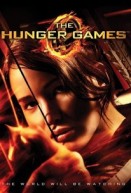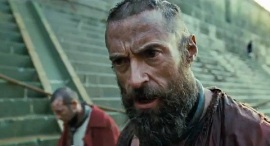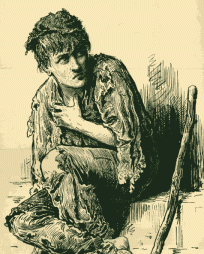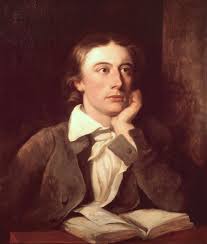
MMU’s Emphasis on Life
When I came to Mount Mercy I had no understanding what the Sisters of Mercy were or what the Critical Concerns were. Of course I knew that we had to help each other, take care of our planet, respect all gender, races, and people, but I had never had to dive into deep discussion about these topics. My Mercy Capstone class is what pushed me to look at all of the critical concerns in a deeper way. Now, we didn’t go out an participate in community service, we didn’t have random people come in to talk to us about the concerns, and we didn’t even have a Sister come visit our class. Instead, our professor, Chris DeVault, approached all the concerns(earth, women, non-violence, racism, and immigration) in a way that all college would love to have a class-through the use of movies and tv series. By using this avenue to address the critical concerns, I personally believe I learned more about each one individually and how applicable they are to my life and the lives around me.
Within the class we watched movies that main concern was about women, some of the movies main concern was poverty, and others was racism. However, in each movie or show it was possible to see each one of the concerns being addressed. Each week we would watch a movie/show and discuss the various concerns that could be found within them. Then we would write a blog about what concern we found most appealing. I found this better than having to read a bunch of novels for two reasons. Many of the texts we have looked were very long so I can only imagine the texts being long as well. Secondly, watching them as movies provided me with much better visuals of the concerns than I believe a novel could.
My favorite part of the capstone class was our final projects where we as the students got to pick a movie that we reflected the Sisters of Mercy and discussed some of the critical concerns. Many of the films we watched in class were based on older times and they were also set in different countries. So, my group decided that we should pick a movie that is more contemporary, and we chose The Hunger Games.

Contemporary-display of critical concerns
We found that this movie discusses much more than the plot. There is a chance to discuss every critical concern within the movie. I found it interesting that even though many of the things we watched were based in the past, this movie was based in the future and was still dealing with the same critical concerns.
Having to watch these movies showed me that being a Mount Mercy student isn’t just about being a mustang, it’s about upholding the same values that the Sisters of Mercy want to uphold. We should care about our planet. We should want to eradicate racism. We shouldn’t desire to hate women and children. We should do a better job of helping the poor. All of these ideas were expressed in each one of these movies. This along with my entire liberal arts studies has showed me that there is too much value on the outcome, when people should just be focused on people and helping those each other as the critical concerns say. I am thankful for my time at Mount Mercy and getting the opportunity to learn more about the critical concerns that I plan to continuously apply to my own life.
If you would like to read more about the class and what we discussed throughout the semester feel free to scroll through some of my older blog posts from the past few posts.

 ValJean, in prison. He is being forced to do hard labor, and the viewer can see the amount of stress and depression that has been put on his body and his soul. Unlike the 1998 version where there is only a snippet of how he arrived in prison, the musical version has Valjean sing the entire story of why he is in there. This use of music to tell Valjean’s story not only pulls the viewer in because he is singing, but the manner in which he explains the story allows the viewer to fully understand what has happened. Although it is sad to see a character struggling in this way, the viewer has hopes of a better life for Valjean as his song comes to a close.
ValJean, in prison. He is being forced to do hard labor, and the viewer can see the amount of stress and depression that has been put on his body and his soul. Unlike the 1998 version where there is only a snippet of how he arrived in prison, the musical version has Valjean sing the entire story of why he is in there. This use of music to tell Valjean’s story not only pulls the viewer in because he is singing, but the manner in which he explains the story allows the viewer to fully understand what has happened. Although it is sad to see a character struggling in this way, the viewer has hopes of a better life for Valjean as his song comes to a close. lives are. One line that stuck with me from Gavroche’s solo is when he says, “Everyone is equal when they’re dead.” This is true that even though these people who are struggling to live right now will also end up at the same place as the rich when all is said and done.
lives are. One line that stuck with me from Gavroche’s solo is when he says, “Everyone is equal when they’re dead.” This is true that even though these people who are struggling to live right now will also end up at the same place as the rich when all is said and done.






 travels to various places and meets some interesting people. One of those people is Fergus Mac-Ivor of Glennaquoich.
travels to various places and meets some interesting people. One of those people is Fergus Mac-Ivor of Glennaquoich.








